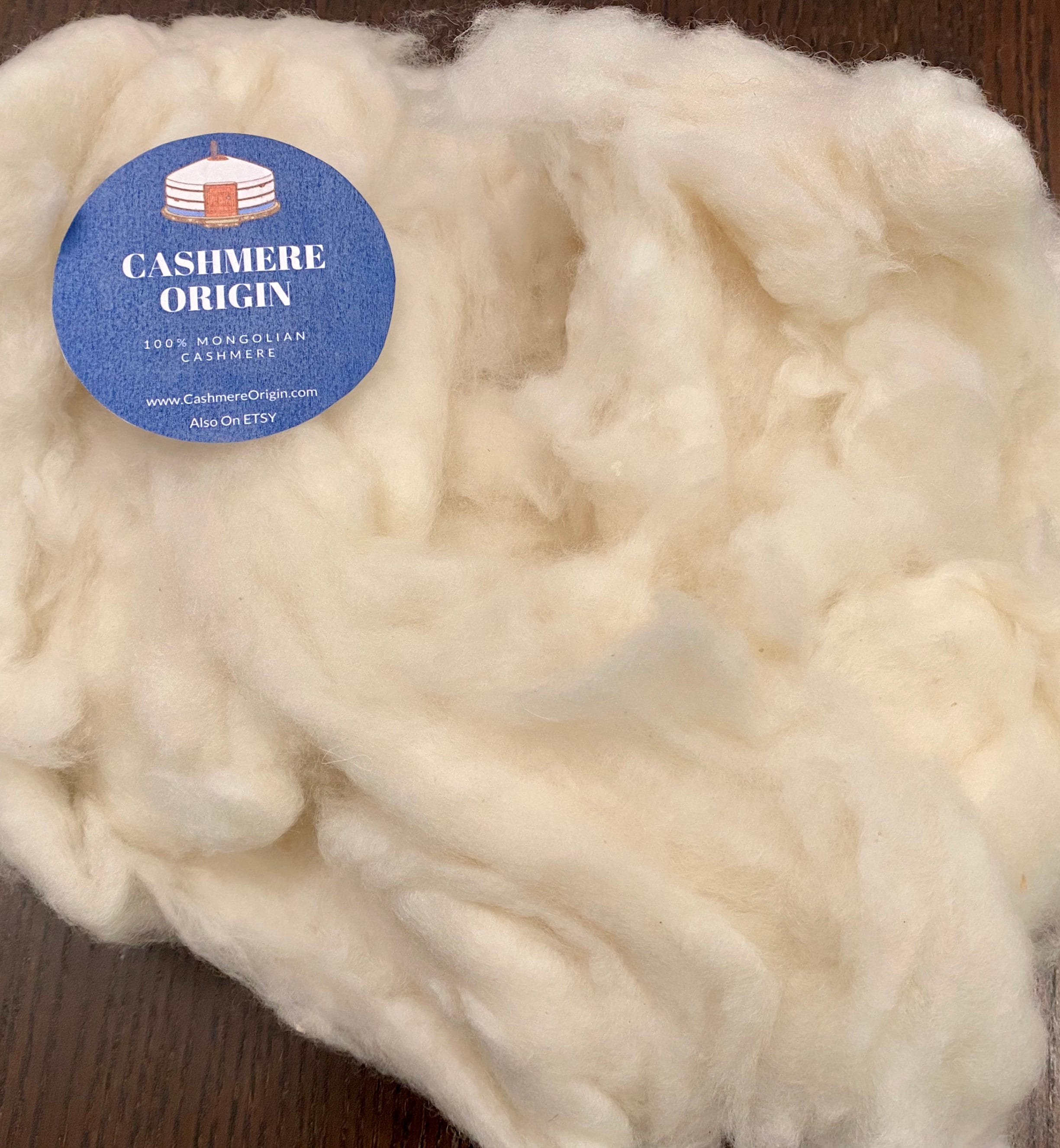Checking Out the Various Sorts Of Cashmere an All-natural Fiber for Ultimate High-end
Cashmere, a natural fiber, is commonly connected with high-end and comfort. The a lot more inexpensive Chinese cashmere, the traditional Scottish variation, and the high-end Italian blend, all tell a different tale of this impressive fiber.
Understanding the Luxurious Nature of Cashmere
Cashmere, typically related to high-end and convenience, holds an one-of-a-kind appeal in the globe of natural fibers. This soft, light-weight product is fancied for its phenomenal warmth and exceptional durability. Unlike various other natural fibers, cashmere combines insulation with breathability, offering exceptional convenience throughout differing temperatures. Its glossy coating and soft texture add to its premium appeal, warranting the premium cost that commonly includes cashmere garments. Additionally, cashmere's fundamental crease resistance and elasticity enhance its desirability, making it a favored option for premium apparel and devices. Regardless of its fragile appearance, cashmere possesses a surprising resilience, able to retain its shape and luxurious feeling in time. This one-of-a-kind mix of qualities seals cashmere's position as a symbol of beauty and indulgence.
Just What Is Cashmere and Where Does It Come From?

Offered these phenomenal top qualities, one might question the origin and makeup of this extravagant fiber. Cashmere is stemmed from the soft undercoat of cashmere goats, largely located in Mongolia, China, Iran, and Afghanistan - is cashmere a natural fiber. These goats are adjusted to severe weather conditions, producing an incredibly great, soft underfur as a protection versus the bitter cold. This underfur, or undercoat, is what is harvested for cashmere. Each spring, when the goats naturally dropped their winter season layer, farmers brush out the fine underhair, leaving the coarser hair behind. This careful procedure adds to the shortage and high price of cashmere. With its origin in the severe landscapes of Asia, cashmere is a testament to nature's ability to generate high-end from misfortune.
Translating the Different Types of Cashmere
Understanding the different types of cashmere is key to appreciating the top quality and distinct qualities of this luxurious textile. Typically, cashmere is classified into 3 kinds: raw, virgin, and reused. Raw cashmere is directly obtained from the goat and is unrefined. This kind frequently has pollutants such as dirt and coarse hair. Virgin cashmere, on the other hand, is the pure, unrecycled material that is rotated right into thread for the very first time. It is the softest and most glamorous. Lastly, recycled cashmere is made from virgin material that has actually been formerly used. my sources It is re-spun and made use of in generating lower-cost cashmere products. Translating these types is the initial step in recognizing the exclusivity and worth of cashmere.

The Special Attributes of Each Sort Of Cashmere
Having actually discovered the different categories of cashmere, it ends up being obvious that each type boasts its one-of-a-kind set of characteristics. Mongolian cashmere, for circumstances, is renowned for its remarkable top quality, as a result of Mongolia's severe wintertimes that create longer and finer fibers. On the other hand, Chinese cashmere is frequently a lot more budget-friendly, though its much shorter fibers can reduce resilience. Scottish cashmere is commemorated for its exquisite gentleness, an outcome of the typical water cleaning process making use of Scotland's soft water. Italian cashmere, at the same time, is renowned for its skillful mixing and coloring methods, making it vibrant and versatile. Indian cashmere, also understood as Pashmina, is cherished for its incredible agility and warmth. Each kind, hence, contributes to the material's credibility for deluxe.
Why Cashmere Is the Embodiment of Luxury in vogue
Cashmere holds an esteemed setting in the globe of fashion, concerned as an icon of luxury and class (is cashmere a natural fiber). Cashmere is derived from the fine undercoat of Himalayan goats, recognized for their exceptional high quality fiber. Cashmere's exceptional convenience and resilience make it a desired product in the creation of premium garments.
The Process of Making Cashmere: From Goat to Garment
The journey of cashmere, from being you could try here an undercoat of a Himalayan goat to a glamorous garment, is an intricate one. This mix is after that painstakingly separated, with just the soft down utilized for cashmere. From goat to garment, each action is a testament to the skill, persistence and artistry involved in here crafting cashmere.

Final Thought
In conclusion, cashmere, with its all-natural sophistication and unmatched convenience, preponderates worldwide of deluxe style. The variety in kinds, varying from the soft Mongolian, lightweight Indian Pashmina, affordable Chinese, typical Scottish, to the vibrant Italian, exposes the adaptability of this all-natural fiber. The scrupulous procedure of changing it from a goat to a garment additionally includes in its exclusivity, making cashmere the embodiment of elegance and high-end.
Cashmere, an all-natural fiber, is commonly linked with deluxe and convenience (is cashmere a natural fiber).Cashmere, often connected with luxury and comfort, holds an one-of-a-kind appeal in the world of all-natural fibers. Unlike various other natural fibers, cashmere combines insulation with breathability, providing exceptional comfort throughout differing temperatures. Cashmere is acquired from the soft undercoat of cashmere goats, mostly found in Mongolia, China, Iran, and Afghanistan. Cashmere is acquired from the great undercoat of Himalayan goats, known for their premium high quality fiber